NEW OLD MODELS FOUND |
The tag says it all. It's all about older models which I have discovered only recently. |
|
A guy in the UK is offering Code 3 Police models in various scales. He is mainly doing those colorful Police cars from the UK. All the scale models are made in very small numbers. But he is also offering one-offs of a specific model if you desire one like that. He uses self made printed decals as well as correct detail parts from several small suppliers like 2D Models. All his models are offered under the label T.O.T. Models. I will try to present you here all the Volvo models he has done so far in 1:43 and 1:18 scale. 1:43 models : 1:18 models :
Source & copyright : totmodels.co.uk What you need to know about 'Battenburg' markings Quote from an Wikipedia article : Battenburg markings are a pattern of high-visibility markings used primarily on the sides of emergency service vehicles. The name comes from the similarity in appearance to the cross-section of a Battenberg cake.
1 Comment
OLEG JERMAKOV
7/1/2018 11:44:27 am
Reply
Leave a Reply. |
New old
|

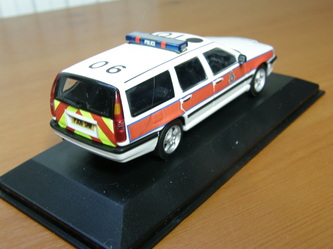
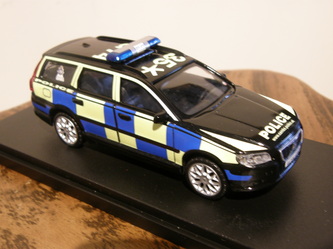

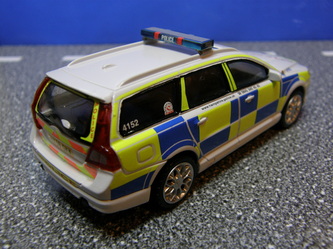

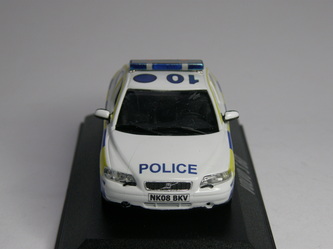
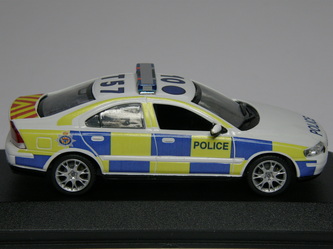
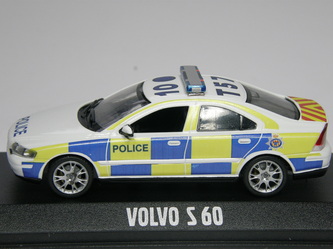
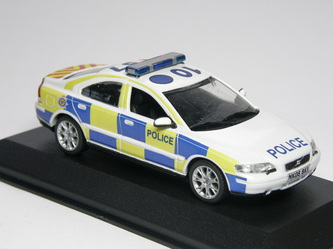
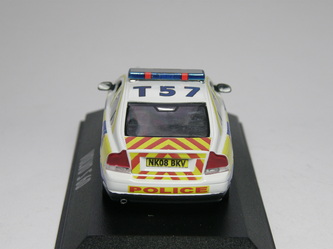
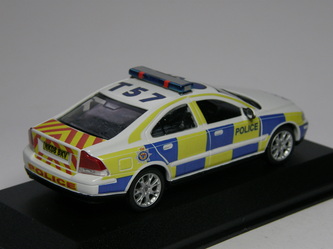
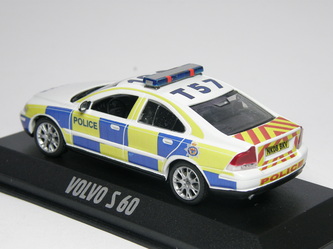
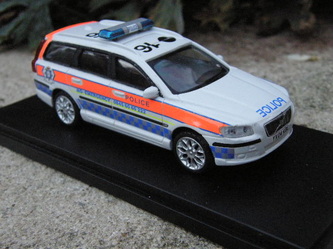
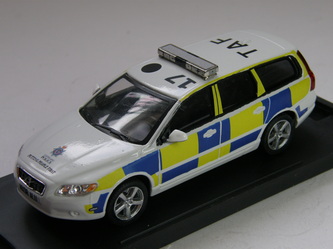
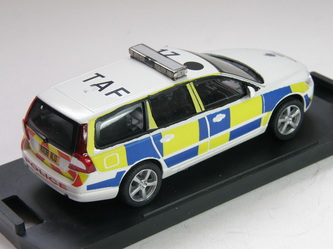
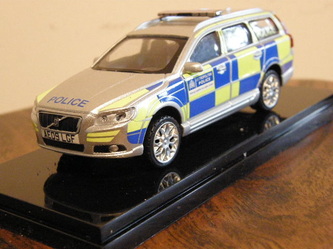
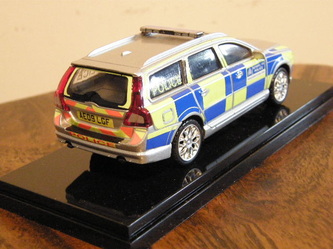
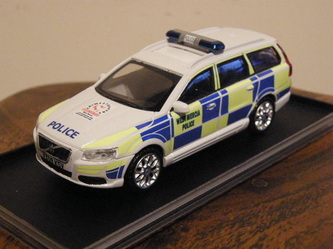
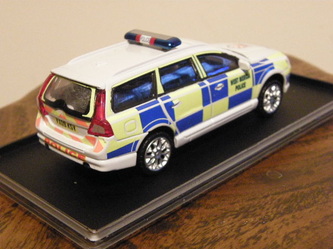
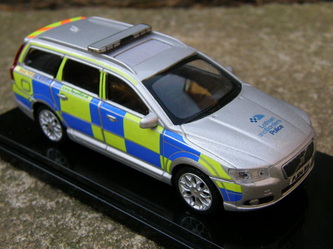
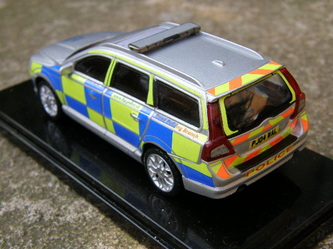
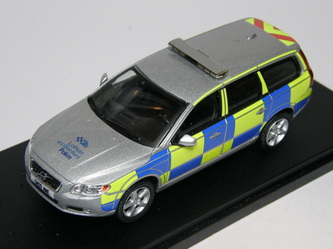
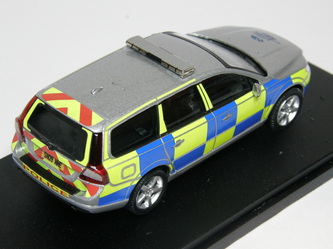
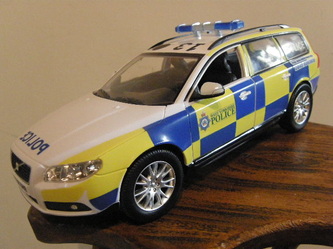
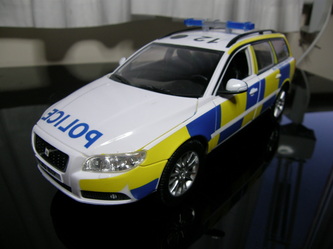
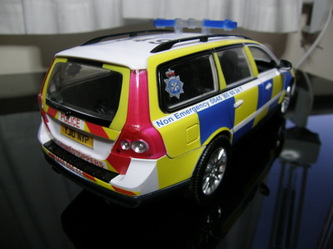
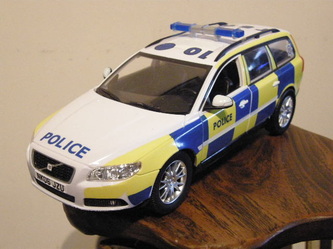
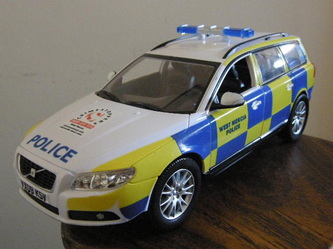
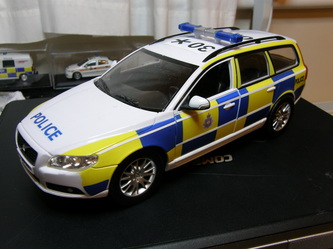
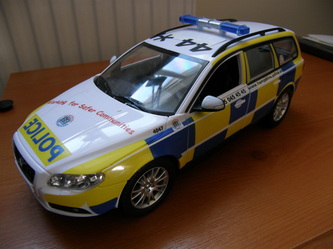
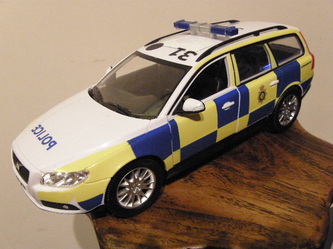
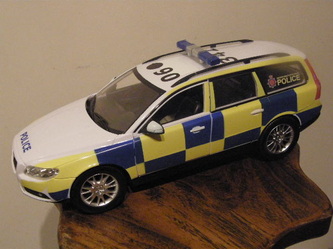
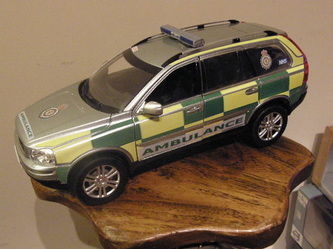
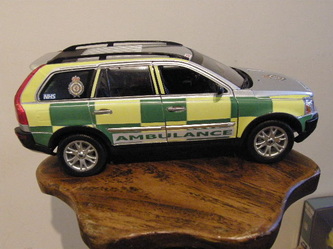
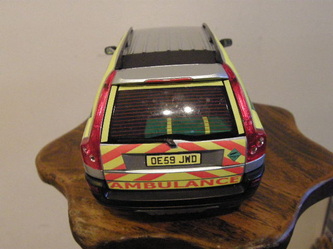
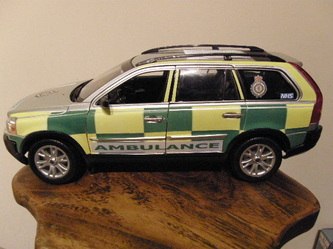
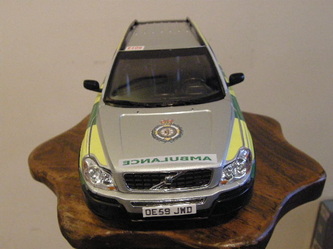
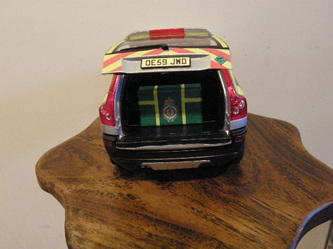
 RSS Feed
RSS Feed
